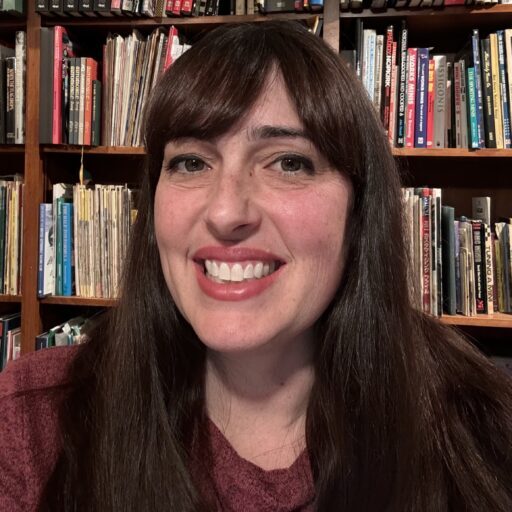Reflecting on 2011 – Here’s to a Fabulous 2012 that Tops 2011!
On the eve of the last day of 2011, I’m reflecting on the top 20 amazing memories and challenges of the year. Filmed in England

Michelle Deniz Drousé Woodhouse
Human-Centered Designer
Expat experiences, personal interests, and professional work.
On the eve of the last day of 2011, I’m reflecting on the top 20 amazing memories and challenges of the year. Filmed in England
Today’s themes: sparkly & memorable. It’s not every day that a girl gets engaged so I thought I’d capture a few of the highlights of
Sometimes things come together when you are least expecting it. I was brainstorming about innovation, creativity, and my passions and thought about addressing my needs
Juliet’s famous balcony scene from Shakespeare’s ‘Romeo and Juliet’ relates to my reflection today on the passing of my grandfather, Gilbert Drousé (Papa). This article is written in his loving memory and supports my grieving process in the wake of his death. …
When I joined Pi Beta Phi (Pi Phi) as a freshman in the fall of 1997 at the University of California, Irvine, I was looking
A presentation highlighting the confluence of town planning and automobile design from a California town planning perspective. …
Istanbul, Turkey has been named the “European Capital of Culture” in 2010 (www.istanbul2010.org). A city that literally forms a bridge between the Occident and the Orient, it welcomes visitors from all over the world to experience its beautiful setting of contrasts and culture. …
A mini is crashing through the wall! So, I posed in front of it. Just before this photo, David and I were chatting with one
If you have connections with London-based public sector, private sector and NGO organisations seeking an outstanding project manager, town planner, administrator, or director, with a track record for meeting deadlines in complex environments, I’d like to make a strong case for myself and encourage you to review my CV. …
Am I Turkish? Am I Ukrainian? Am I Jewish? Am I Muslim? Am I Christian? Am I American? My cultural identity is a bit confusing.